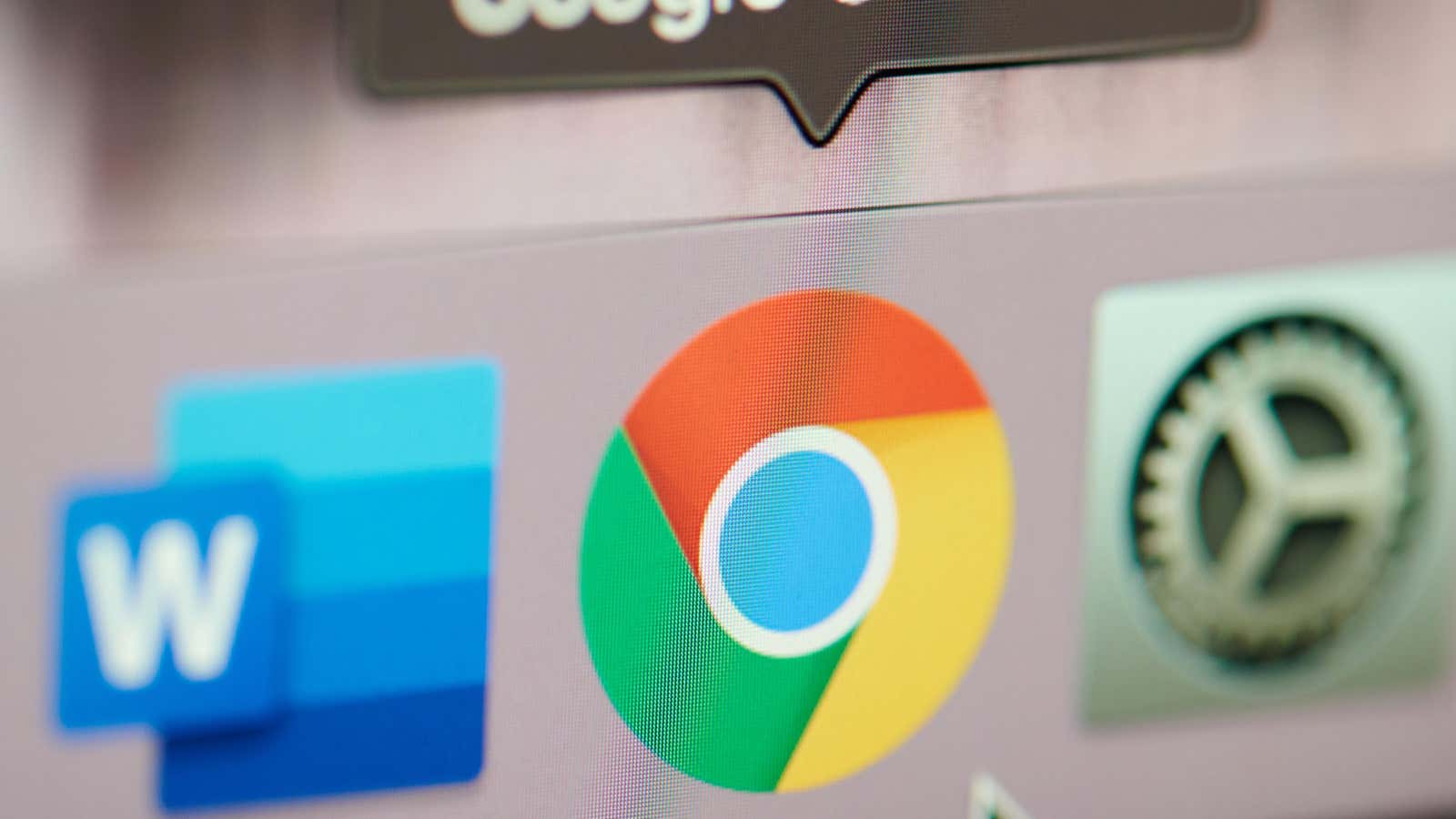Enable This Setting to Stop Chrome From Taking up so Much Memory

Chrome is a popular browser for one reason: it’s fast, powerful, and compatible with popular apps, services, and extensions. However, all this power comes from somewhere and ends up putting a strain on your RAM. Chrome eats up memory . Luckily, there is now an easy solution to the problem.
Why is Chrome using so much memory?
Each tab you open is a new activity for Chrome, and the browser launches each tab as a separate process . This way, something can go wrong with one tab without affecting others. Chrome is also fast due to its pre-rendering feature , which requires RAM to make sure everything loads as quickly as possible. Also, the more tabs you open and the more resource-intensive tasks you perform on those tabs, the more RAM you will use.
It’s not really a problem until it becomes one: if your system runs out of RAM, you run into performance issues, all because your internet browser can’t properly handle its RAM.
How Memory Saver can save RAM while using Chrome
Thankfully, Google has addressed these issues with a new feature called Memory Saver . With it, Chrome will automatically make unused tabs inactive while you work on other tabs. When you return to those inactive tabs, Chrome will re-enable them. According to the company, Memory Saver can use up to 30% less memory than Chrome without it, which should solve most memory problems in the browser.
Memory saver isn’t the only new “Performance” feature coming to Chrome. Google has also introduced a ” Power Saver ” feature that reduces performance to save battery life, which is very important for those of us who work on laptops.
How to use Memory Saver to free up RAM in Chrome
Memory Saver will be officially available to users within the next few weeks, however right now it is available as a feature flag. Flags are “experimental features” that Chrome hides from most users; some aren’t finished yet, which means they could be detrimental to your browser. However, since Memory Saver is almost ready, it seems like a safe flag to turn on.
To test this, paste the following link into the address bar and press Enter: chrome://flags/#high-efficiency-mode-available . Here, click Default, select Enabled, then click Restart. When Chrome restarts, go to “Settings” and you’ll see a new “Performance” tab on the left side of the screen, where “Memory Saver” is now located. Click the slider to enable the feature. If there are sites that you’d like Chrome to always stay active, you can click “Add” to add them to the list. Every time you return to an inactive tab, Chrome will tell you how much RAM it saved by making it inactive.
[ 9to5Google ]